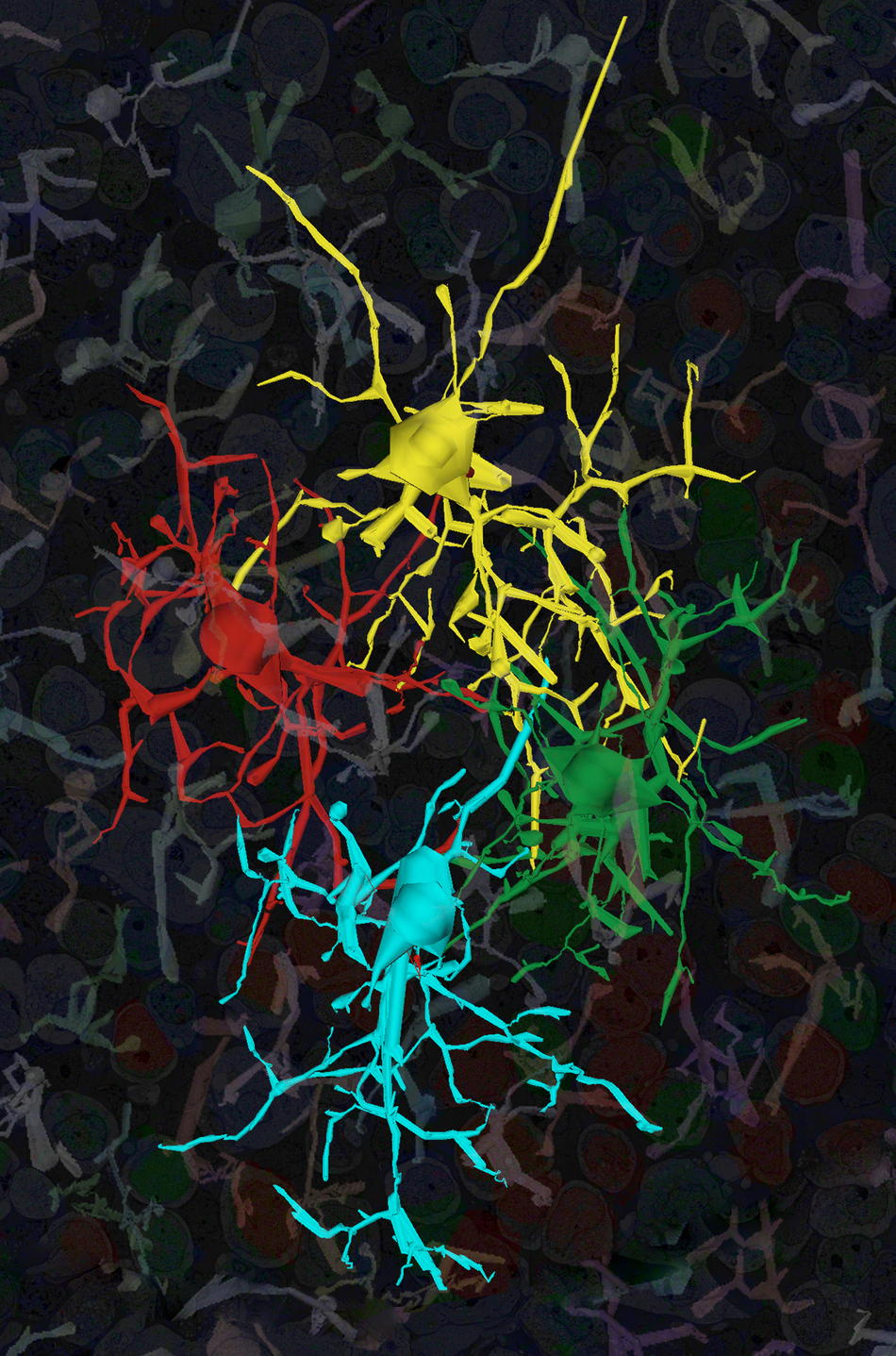Episode Transcript
Announcer: Examining the latest research and telling you about the latest breakthroughs. The Science and Research Show is on The Scope.
Interviewer: I'm talking with Dr. Bryan Jones, an investigator at the Moran Eye Center at the University of Utah. Now anyone who sees you knows that you carry a camera around with you wherever you go.
Dr. Jones: I do.
Interviewer: And I suspect your love for photography might have come before you delved into science.
Dr. Jones: It did, yeah.
Interviewer: I'm wondering if that passion for photography and how maybe we see the world or how the camera sees the world sort of influenced what type of research you're doing now?
Dr. Jones: I came to photography initially in college. My first major was film studies. And I spent a lot of time with a Leica M6 camera and a Canon 1D camera that my parents had. And I fell in love with photography. I've had the privilege of knowing a couple of friends who have retinitis pigmentosa. One of my friends is an army veteran, and I've watched him go blind. So for me, the ability to do photography and to share what I see is a constant reminder of why the work we do is so important.
Interviewer: And what are you looking at these days? What's driving your research?
Dr. Jones: So our lab has two main focus areas. The first is understanding how the retina is wired. So the retina is this piece of gauzy tissue at the back of your eye that is an extension of the brain. And this brain tissue at the back of the eye is sort of a layer cake-like structure with 7,200 neurons or more in our human eyes. And it captures light, photons of light and then computes all the parameters required for vision. Captures contrast and luminance and edges and movement. And calculates all these parameters and sends that information on to others and brain and cortex and sub-cortex for higher processing.
People have been studying the retina for about 150 years, and we still don't know precisely how all those 7,200 or more neurons are wired. And that's the first mission of our lab is to try and pull apart that wiring and identify all the neurons and figure out how they are precisely wired together. That's a field called connectomics.
The second main mission of our lab is to understand how that structure and how the neuron identity and how the wiring is altered in diseases like retinitis pigmentosa and age-related macular degeneration that steal vision from us.
Interviewer: So you're looking at circuitry itself?
Dr. Jones: Yes, ma'am.
Interviewer: And how are you doing that?
Dr. Jones: So there are two new approaches that have been pioneered. The first one that was pioneered by Dr. Robert Mark here at the University of Utah called computation molecular phenotyping. We basically use antibodies to serially label tissues and pull out smaller molecule fingerprints that uniquely identify populations of neurons. And then we insert those data into electron microscopy datasets.
So we basically take the retina and section it very thin. Each section is thinner than the wavelength of light. There are about 90 nanometers. And then we section in the case of the mouse retina that we recently finished, about 1,490 nanometer sections, and then we reconstructed those 1,400 sections into a digital layer cake and create a volume and then we go in by hand and trace neurons all the way through the dataset along with all their connections, their synapses and their gap junctions.
Interviewer: So the hope is to create like a three dimensional representation?
Dr. Jones: Yeah. A three dimensional representation that we then extract out circuit topologies. So it turns out the circuit topologies are far more complex than we thought they were. And so we're now having to develop new software that can allow us to visualize how complex some of these topologies are. The circuit topologies are things that give us excitation and inhibition and ultimately end up tuning response profiles in retina.
Interviewer: You know, if you think about circuitry in how most of us think about circuitry, I mean, if you look at the circuitry like in a computer or in the electronic system of a car, I mean, it doesn't exactly tell you how it works. Or does it?
Dr. Jones: So there was a pretty famous paper that came out a few months ago where they took a standard computer integrated circuit chip and they took it apart digitally and they tried to predict how it would work. And it turns out they didn't have a whole lot of information. It didn't function the way it should have functioned. Or at least their models, their predictive models that they thought how it would behave, it didn't actually behave the way the chip actually did.
So while the circuitry is what we're after and the circuitry in any neural system is sort of the substrate that gives us a basic performance profile and ultimately makes us who we are, there is still a lot we don't know. And so for us the connectomics framework, the circuitry framework we're trying to obtain is only the basic starting point.
It is a framework and on that framework we have to hang physiology, we have to hang physics and we have to put molecular biology and we have to put genetics into it. And so for us it's only the very beginning of understanding how neural systems are wired. Even though the science community has been studying the retina for 150 years. In a lot of ways, we are still right at the very beginning.
Interviewer: So it's kind of new frontier. Something that hasn't really been done this way before.
Dr. Jones: Yeah, exactly.
Announcer: Interesting, informative and all in the name of better health. This is The Scope Health Sciences Radio.
